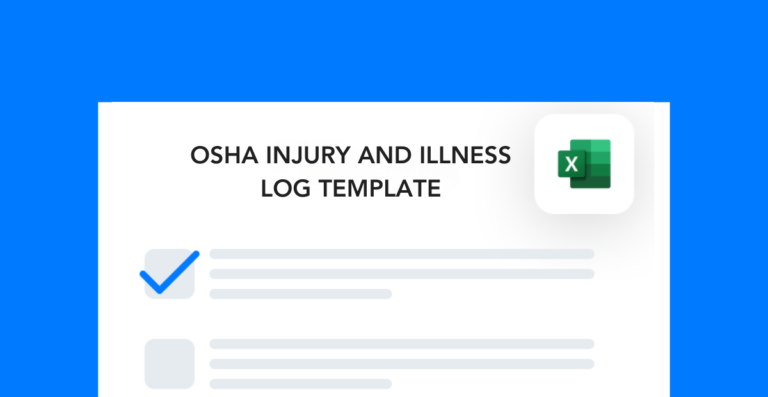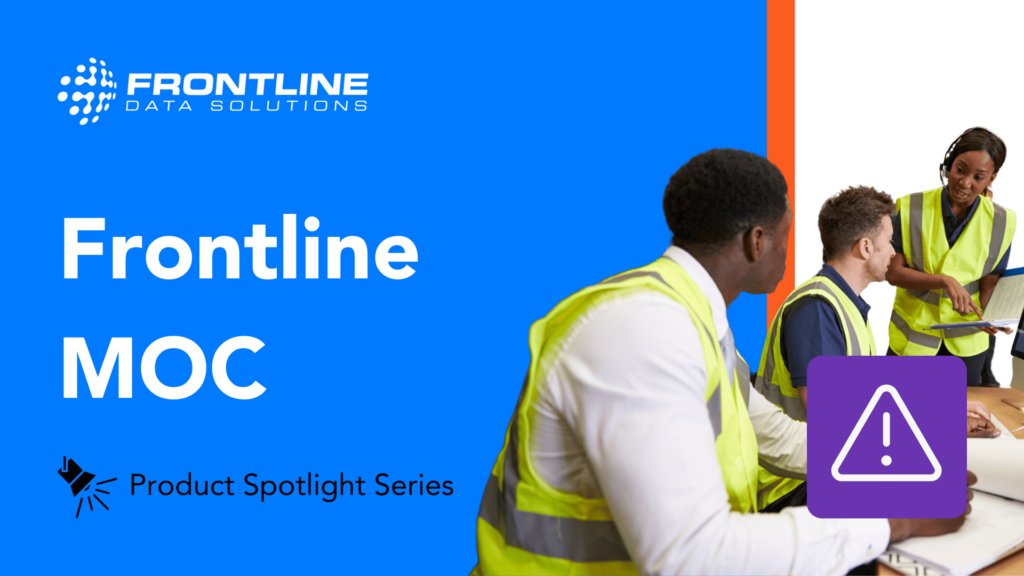Dealing with warehouse injuries is easier when you have a standard procedure in place. Standardization alleviates stress for your EHS team and helps in the prevention of future incidents. Below are my step-by-step instructions for managing injuries in a warehouse from start to finish.
Step 1: Manage the immediate situation
Start by performing first response measures such as:
- Notifying management (employee’s direct supervisor and EHS team)
- Administering first aid (stop bleeding, clean a wound, apply a bandage etc.)
- Securing the area (block off the aisle, contain a spill, evacuating the area etc.)
- Calling first responders if necessary (fire department, police, ambulance, etc.)
Your goal here is to make sure the injured employee and everyone else in the building are safe. Once you’ve controlled the situation, you can begin an incident investigation.
Step 2: Assess the injury
After applying basic first aid, assess the injury in more detail. In general, these are the most common warehouse injuries that I’ve dealt with:
- Strains and sprains
- PIT-related injuries (forklifts, reach trucks, order pickers, etc.)
- Slips and trips
- Impact from falling objects
- Cuts and bruises
- Falls from heights
You’ll want to fill out a first report of injury (or “FROI” as we call it in my warehouse). This document includes details about the employee, the injury, and the incident that occurred. It’s important to fill this out as quickly as possible. Trust me when I say that having someone fill out a FROI several days (or even weeks) after an injury is no fun.
At this point, you should be able to assess the injury and figure out whether it’s recordable under OSHA regulations. If so, you’ll want to report the injury within the required timeframe.
Step 3: Document the incident
If there is a recordable injury, report it on your site’s injury and illness log. Regardless of whether the injury is recordable or not, you should document all the details. The next step of the incident management process is to begin compiling an injury report.
Here is a list of documents you should collect and compile for your report:
- First report of injury
- Witness statements
- Photos and video footage (if applicable)
- Injury root cause analysis
During your investigation, you’ll want to determine the root cause(s) of the injury. The goal of this process is to find ways to improve your control measures. In my experience, workers are rarely to blame entirely for their injuries. There’s always something you can do to improve conditions.
One tip I have is to come up with a standard way to name your files. If you’re using incident management software, naming and organizing these reports is built into the system. If you’re manually filing EHS documents, I’d recommend using the same syntax for each report.
For example, you could use an abbreviation to describe the type of report (e.g., IR = Injury Report), the last name of the injured worker, and the date of the injury.
Here’s how that might look: IR_Smith_11052024
Step 4: Determine return to work
When dealing with time-off work warehouse injuries, the next step is to determine when and how the employee can return. You’ll have to coordinate with the medical provider to figure this out.
You’ll also need to have some alternative work options on standby if the employee is put on restrictions. I typically have workers do light cleaning duties or help on other improvement projects that require little to no physical exertion.
And the last, but possibly most important thing, is to maintain open communication with injured employees. The last thing you want is for injuries to reoccur. I’d recommend setting yourself reminders to check in with employees at regular intervals in the weeks and months following injuries.
Step 5: Follow up on corrective actions
Injuries, like other types of warehouse incidents, come with corrective actions. The last step in dealing with warehouse injuries is tracking the action items you’ve created to:
- Make improvements to the safety of equipment, processes, etc.
- Conduct additional safety training
- Perform further inspections and/or investigations
- Modify existing systems to better protect workers
- Eliminate safety hazards
The best way to do this is to use action tracking software, like Frontline ACT, to assign, schedule, and track everything. That way, you’ll know who’s in charge of which corrective actions and be able to review them at any time.
If you keep dealing with the same kinds of injuries in your warehouse, being able to review past incidents will help you identify patterns that might be causing these injuries.




